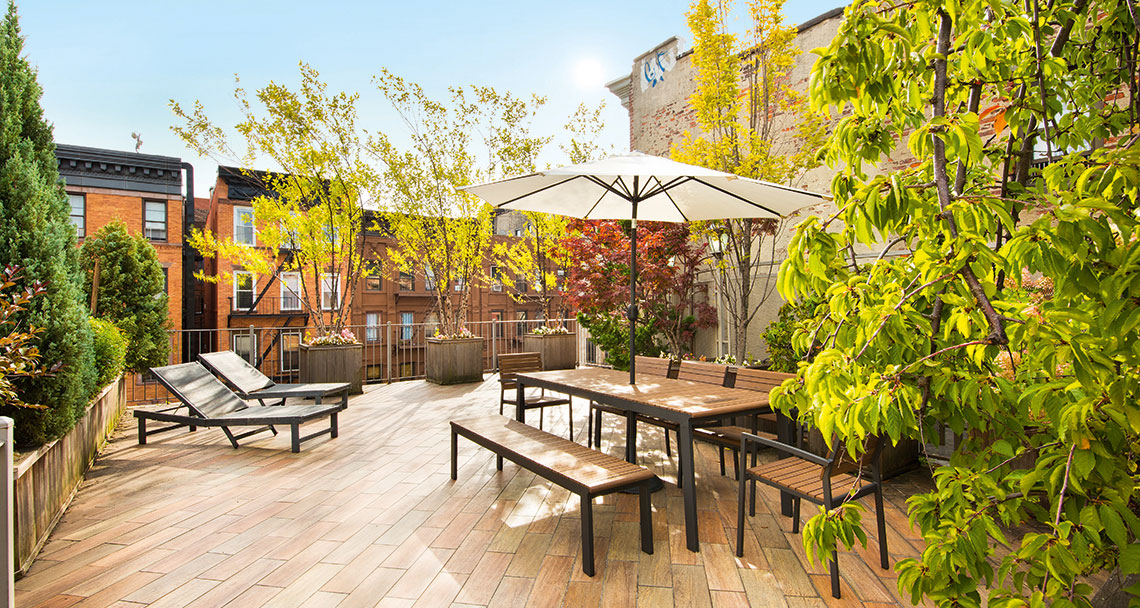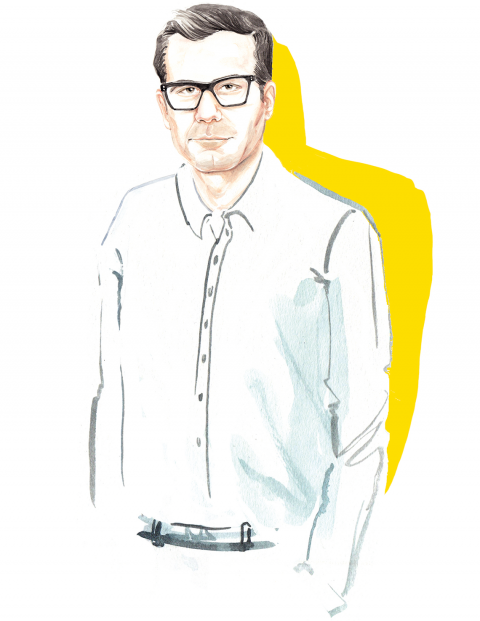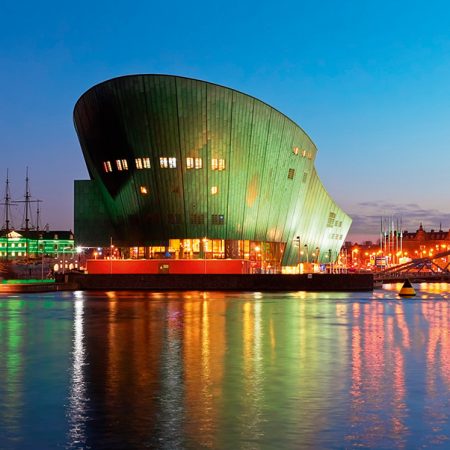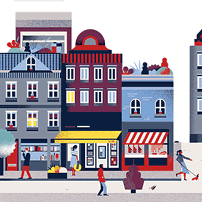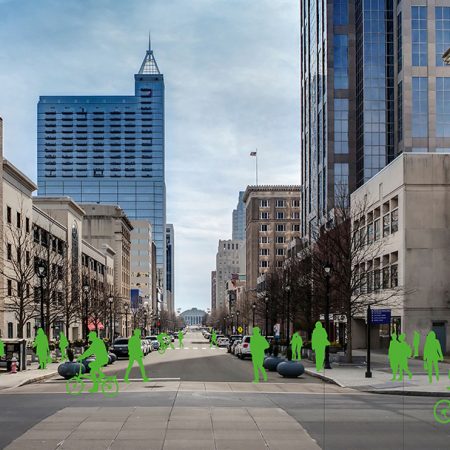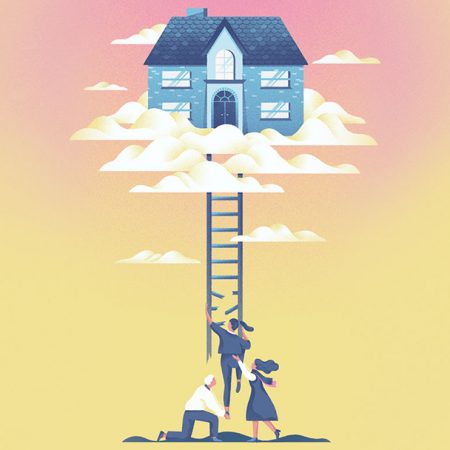Our urban geography is shaped like a barbell, with a select group of economically powerful cities and neighbourhoods on one end and a select group of economically disadvantaged cities and neighbourhoods on the other. By no small coincidence, those who are attracted to great cities such as New York, London or Paris are the people who can afford to live there. In the US, the top 10% of income earners are moving back into the city, while the bottom 10% are moving out. Those streaming back into the city also tend to be young, ambitious and talented, meaning they generally don’t mind renting small apartments or living with roommates. The city is not just their home, it is their office, their ticket to career advancement and their playground.
But, more and more, we’re beginning to see the older crowd, the retired baby boomers, driving up prices in prestigious or trendy urban neighbourhoods. For example, in the past year, I know three people in New York – in their mid-60s and pretty well off – who are all looking for high-end apartments to purchase or rent in Soho. They’re not looking in the Upper East Side. They’re looking to be in what has long been the hip, bohemian, edgy, intellectual area of the city.
Empty nesters are increasingly looking to live in a very different way. Rather than going to retirement centres or golf-course communities, they want to be in vibrant cities. They want a pied-à-terre with the freedom to come and go. They want horizontal living with no stairs and good entrance security. They’re trading traditional homes in far-flung cities for modern urban living, and buying contemporary furniture, photography, and gym memberships. They also want a place to park their car (some upscale buildings in New York have an underground garage).
So what does that tell us? As these people age, they have a lot of equity in their home, and even the income to own a second home. They want to go to a place where they can be exposed to new trends, young people, great restaurants and, of course, great healthcare directly in the city. The apartments they’re looking for are 2,000 sq ft and above, with at least two bedrooms and two bathrooms. What’s more, many baby boomers are doing this to be close to their grown-up kids in the city, who are not returning to their hometowns, but, instead, gravitating to where the labour markets are most vibrant.
